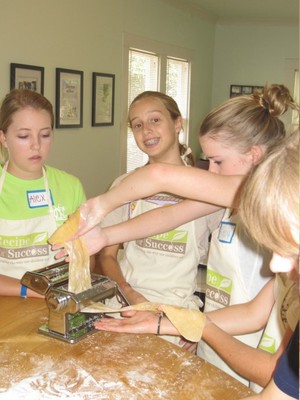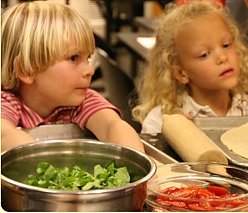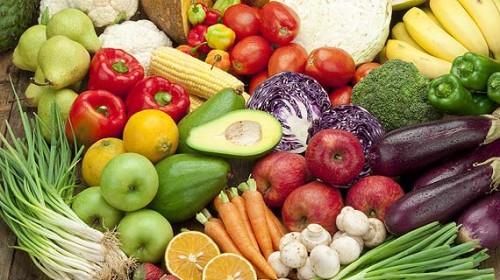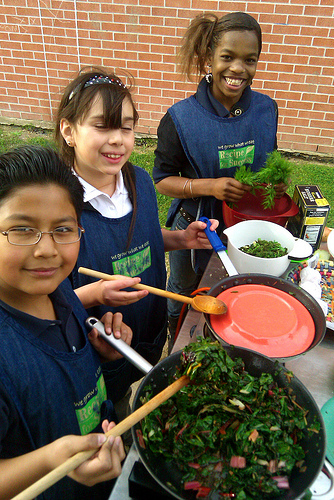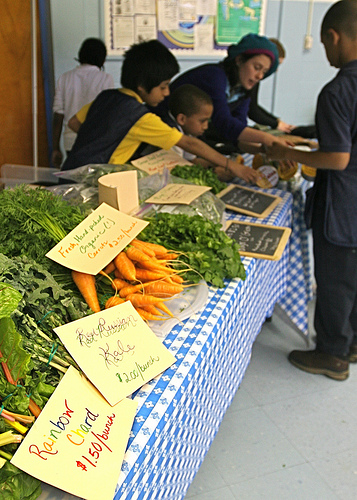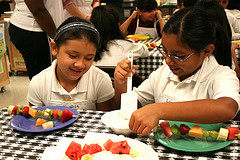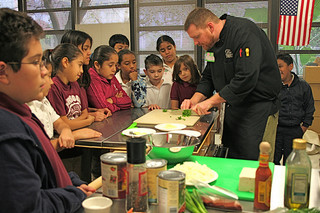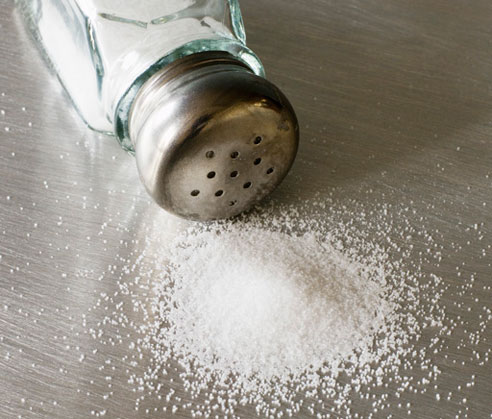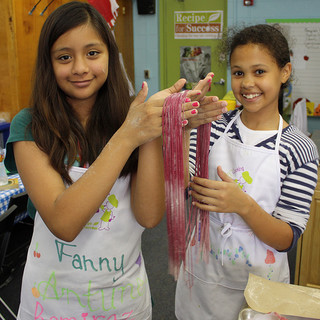When people ask me what it was like to be invited to the White House by
Michelle Obama, I tell them, "It was HOT!" I do mean that
figuratively, but mostly literally.
It all started with a
call from Vermont. Gracie Cavnar, founder and director of Recipe for
Success, calls me from Vermont to laughingly chide me, "I invited you
to the White House and I want to know why you haven't responded!"
Truth be told, I've been so busy I missed that email. Gracie tells me
that Michelle Obama is launching Chefs Move to Schools, the second part
of her Let's Move campaign to fight childhood obesity; the event is in
less than a week on the South Lawn of the White House and the First
Lady wants 1,000 chefs from all across the country to show up in answer
to her call to action. She knows that a group of chefs is a powerful
thing, and not just because we all wear white jackets.
I have
been working with Gracie and Recipe for Success since its inception
over four years ago. The Recipe for Success Foundation's mission is to
combat childhood obesity through dynamic, interactive programs that
bring chefs and gardens into schools. The way I see it, we're not just
fighting obesity, we are also fighting hunger - the kids I teach are
starving for real food with real nutrition. Recipe for Success reaches
3,500 kids in Houston each month, all 4th graders, and changes their
relationship to food by connecting them to the sources of real food. I
help by teaching in the classroom once a month.
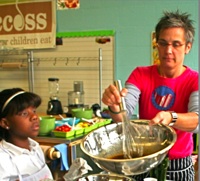
The kids' first
question always is, "Have you been on TV?" And when I tell them I
have, they want to know if it was Iron Chef, or Chopped or... (fill in
any reality TV show involving food here). That is their slim
connection to food when I start the school year with them. But,
somewhere in the middle, they become thoughtful, informed, curious
eaters and cooks; every year, even though I know it is going to happen,
this transformation continues to astound and move me.
Gracie
tells me that she is bringing six Recipe for Success chefs and six
Board members to the White House and she wants me to join them. I have
some schedule adjustments to make, and I want to bring my daughter,
Lili. I regretted not bringing her to Terra Madre three and half years
earlier in Turino. But, for more than a couple of days, I am actually
debating going, which is ridiculous. It's an opportunity of a
lifetime. A friend who works for Continental Airlines arranges our
flights. I reschedule my Thursday night gig. I am starting to get
excited, but Lili is nervous. Scared, is more like it. I know how she
feels. When I go on the "circuit" and have to perform like I did on
Top Chef Masters, it's nerve-racking, but I'm not sure why Lili is
nervous. I tell her she doesn't have to perform. It's her first week
out of school and her summer is looking really exciting!
We
arrive in D.C. and Lili and I head to the Native American museum
because Lili is part Native American and I had heard it was a new and
fabulous museum (although, to be honest, Lili was more interested in
the gift shop where she got a traditional [but made in China!] beaded
necklace and bracelet; she only wants to wear the bracelet as an
anklet. I buy some traditional beef jerky.) The cafeteria there
serves good food from different native Indian regions like traditional
South American or New Mexican. Lili is more excited about room service
and movies back at the hotel than exploring D.C. And she's still
nervous about going to the White House.
Weather-related delays
cause the rest of our group to arrive at odd times, so Lili and I are
hanging out with Rahm Emmanuel at the Sofitel bar. We're supposed to
get together with our group at 8:30pm, but it's not until three hours
later that Randy Evans and Michael Kramer arrive. Lili is disappointed
because she is looking for Marcus Samuelsson. He tweeted that he was
going to be here. We would see Barbara McKnight and Kiran Verma the
next day at the breakfast. It's off to bed, though, because we've got
to meet in the lobby at 7:45am tomorrow to get to the breakfast of
champions (or chefs, that is) at the Marriot just down from the White
House.
The next morning, the breakfast room is a-buzz.
Everyone is in chef uniforms, starched more than usual, and unusually
cordial. I run into some old chef friends like Ann Cooper, Kim Muller
and Marcus Samuelsson. Some young chefs come up to take a photo with
me since I had just been on Top Chef Masters. Most of the chefs can't
believe Marcus and I hug after he said those things about my game
playing on the show. They can't believe we are friends - but we really
are. He grabs Lili by her shoulders and says, "Your mom was the best
chef. The best chef!" And Lili is looking up at him and replies
simply, "I know."
There are a few speakers at breakfast. The
most interesting statement that I heard was someone saying that we are
engaged in a "guerilla food war" and that we are all "terroir-ists."
Our group decides to leave the breakfast early to get to the White
House first. The thought of 1,000 food terroir-ists trying to get in
to the White House is now making me nervous. Maybe Lili knew something
all along.
It's about 9:30 am and we're part of the first twenty
chefs at the White House gate. Michelle Obama is supposed to talk at
1:00 pm. I am wearing black slacks and a black blazer with one of my
word tee-shirts, Chopped Liver, and I've agreed to wear a Recipe for
Success apron. I look a little bit like a real terrorist (not of the
food variety). And it is getting hotter.
I am actually most
excited about seeing the White House garden. If you think about it,
having a garden that supplies the kitchen at the White House is a big
deal. It's an even bigger deal to let 1,000 Food Terroir-ists anywhere
near it.
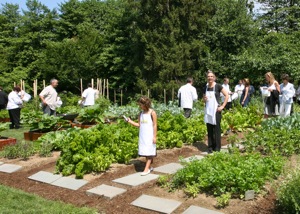
This is the leader of the free world's food source and we've
been given access. I'm wondering what kind of clearance we had to get
to be allowed in, and if some chefs didn't get it. Why I am fixating
on this, I don't know. But I'm starting to realize more and more what
a big deal being here really is.
I always tell my staff that
the difference between a shirt bought at the Gap and food bought at a
restaurant is that the customer actually consumes our product. They
make a statement by consuming it: a political statement, an emotional
statement, an intellectual statement, a religious statement.
There
are so many issues around food -- so many fears, so many votes, so many
choices. Food is so important because it involves trust, culture,
belonging and our need for protection and nourishment. For Michelle
Obama to have invited us to show our support for her Chefs Move to
Schools initiative is a HUGE statement involving all the above. She
cares about kids and understands that their entire future is affected
by what they put in their mouths right now. She cares about the
current crisis in which 10-year-old kids have organ damage because of
what they have been eating (which, let's face it, may be FDA-approved,
but is not real food and is definitely not healthy).
Our
country's children are addicted to stuff that is marketed to them as
food by the Big Ag companies; these companies have a financial stake in
our kids' school breakfast and lunch programs. What if the Obamas'
next initiative was to make it a requirement for every school in this
country to have an edible garden? There are 1,000 chefs sitting in the
sun (many of whom have already declared war on the processed,
non-nutritious, fat-laden foods being served to our kids in school),
all willing to take up arms (in this case, our knives) and fight the
good fight. In war times, Americans planted their own Victory Gardens
when food was rationed and scarce. Whether you know it or not (or want
to admit it or not), our kids are under attack every day by a very real
enemy and real, nutritious food is a scarcity in most communities - a
garden in each school gives new meaning to the term Victory Garden.
That
is what Recipe for Success already does. This year at my school,
MacGregor Elementary, my kids were begging me to let them put
cauliflower on their pizza! Before they started their once-a-month
class with me, cauliflower was something they had never eaten - not at
home, not in a restaurant and especially not on a pizza. It certainly
isn't something that has ever been marketed to them in a commercial.
But halfway through the year, they're already thinking that they should
go out to the garden to get something for us to use in class. Whatever
they find that is growing, that they have planted and now can harvest,
they want to use. That day, we made pizza with whole wheat dough and a
very green pesto - made with parsley, spinach and basil from their own
garden - and they wanted to put cauliflower on top. That's what I call
a victory.
Meanwhile, back at The White House, the long line
of chefs is streaming in. Every 100 feet or so, there is a water
station, but there's never any water left. We're taking picture after
picture. And we're thirsty and hot.
The White House garden is laid
out like a Victory garden, a lot like the one Alice Waters had planted
in the front of City Hall in San Francisco during the Slow Food
conference, in a sort of maze, or organic spirals. In a quarter of a
year, with a small monetary investment, your family, like the White
House family, could be eating out of your own garden and connecting
your kids to a healthier and better tasting future.
There's
also a tall stack of beehives with bees buzzing under a large tree. I
was interested to see what would be growing in D.C. at this time of
year: beautiful rhubarb, blueberries, blackberries, squashes, red
Swiss chard, broccoli, little lettuces. It's all beautifully laid out
and, hopefully, being used every day. I heard that Top Chef had one of
their cooking challenges here using the garden and I also heard that
most contestants didn't end up really using anything from the garden.
For a lot of chefs, using produce that is in season and growing where
you live is just a trendy concept and they don't really get down and
dirty with it, if you know what I mean. Chefs, like everyone, have
crutches, and think they have to do culinary gymnastics, usually with
meat, to make an impression.
Our group finds shade not far
from the South Lawn set up, and we wait some more until we realize that
there are some chefs sitting in the chairs in front of the stage. We
want to get a good spot so we head over and grab seats in the second
row. And this is when it gets real HOT! Suddenly, sitting on the
South lawn in fold-up chairs, looking up at the White House, seeing
people peek out of windows and doors, it starts to feel like they threw
a big, hot, wet blanket over us. The back of my neck is burning. I am
actually getting a "farmer's neck" from this experience. Lili has gone
under Stephanie's big sun hat and is whimpering, but quietly. In the
front row is Cat Cora, Tom Colicchio, Daniel Boulud and a few other
chefs I don't recognize. The chefs right in front of me are corporate
Pepsi chefs. Earlier, Cat Cora cut in the line to get in (complete
with bodyguard); I wanted to get a picture with her in her terrific,
movie-star sunglasses and me in my Chopped Liver tee-shirt -
priceless.
We wait. And wait. And wait. A man and woman
keep coming up to the stage.

They add a chair. Then they add another
chair. Then they come back and move a chair to the left, one inch. It
was like a modern dance or avant-garde staging of "Waiting for Godot"
-- what does the chair MEAN?! By then, we're getting pretty delirious
from no water and the intense heat. A group of hot and hungry chefs
is a terrible thing to waste.
When they do finally start, Sam
Kaas (the White House chef) speaks and introduces two "in the trenches"
people from a local D.C. school - a teacher and a chef. They get up
and share their experiences. Then Michelle Obama gets up to speak.
She's hot (and I don't mean temperature). She looks great. One of the
main things I remember from her speech is that she cautions all of us
chefs to "play nice" with the cafeteria ladies; after all, they are
just doing what they are told to do. It's their job. We're cool,
Michelle says. Chefs are cool. Even her kids want to hang out in the
kitchen with Sam.
Who doesn't want to hang out in a kitchen
when someone is cooking? It's where our lives should be lived, where
our stories should be shared. Why is it so hard for this country to
turn off the TV and turn on the stove? Michelle said there is no "easy
button" in the White House (referring to the Staples commercial). It's
not "easy" to do the right, fundamental things - to let our kids be
curious, to teach them how to learn, to let them play with their food
and get dirty - it's work. I want to go back to a country with
patchwork fields and patchwork farms. I might want to be Amish at this
point. This is terroir-ist thinking, of course. And I'm a little
delirious. It's hotter here than in Houston, and that's saying
something. Michelle mentions that she and the girls were going out to
the garden later to harvest their dinner. And then, so much faster
than when she came out, the First Lady is off the podium, coming
straight for me, it seems. I have my Flip video camera that I now have
to hold up with my other arm. I can't believe she's coming right for
me, but then she shakes the guy's hand right in front of me and to the
right slightly, and moves on down the front row. Cat Cora got a shake,
as did about two-thirds of the front row, and then she was back inside
where it was cool. The front row corporate chefs were stunned, saying
how cool it was that Michelle shook their hands. My brother was
underwhelmed when he found out that it wasn't just me and Michelle
discussing childhood obesity.
As we left the South Lawn, I was
feeling optimistic and encouraged that there is momentum in the work to
feed our children and families the food that they deserve.
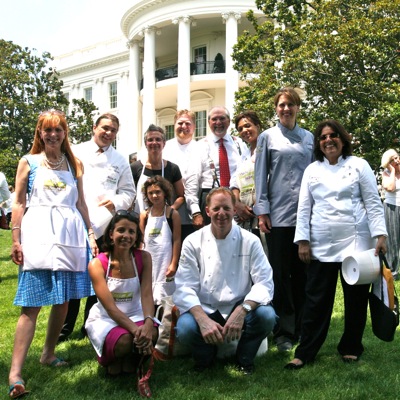
The rest of
the group went off to celebrate Gracie's birthday and the success of
Recipe for Success. We went back to the hotel. Lili got room service
and a movie and we flew out on the last flight back to Houston that
night. I didn't get a photo op, a hand shake or even a moment with
Michelle Obama but it was still a good day about a HOT topic.



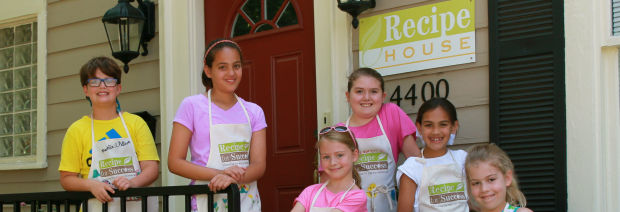
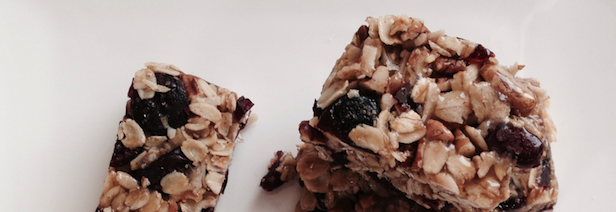


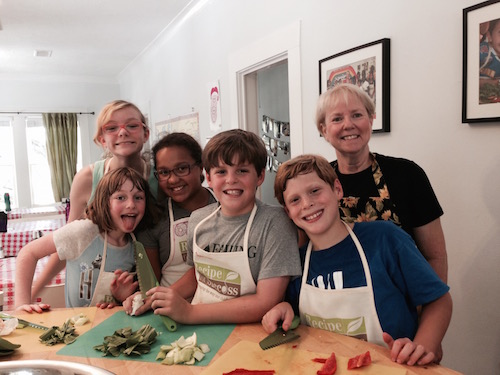
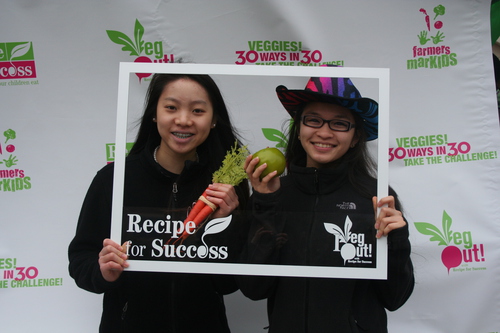

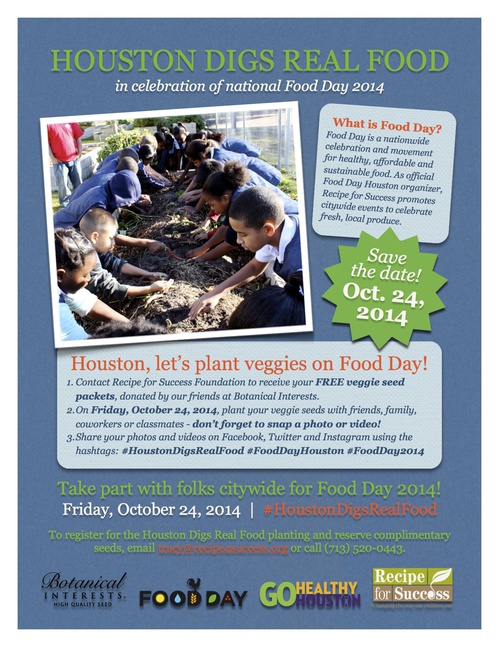

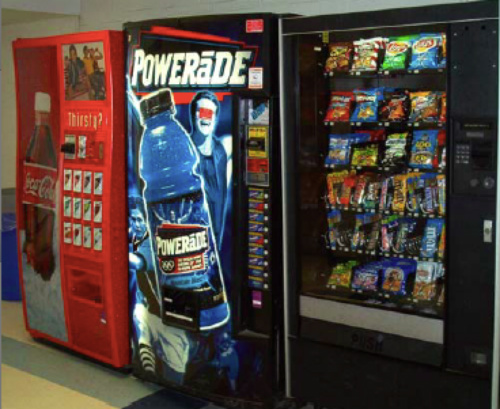

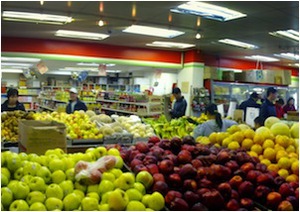

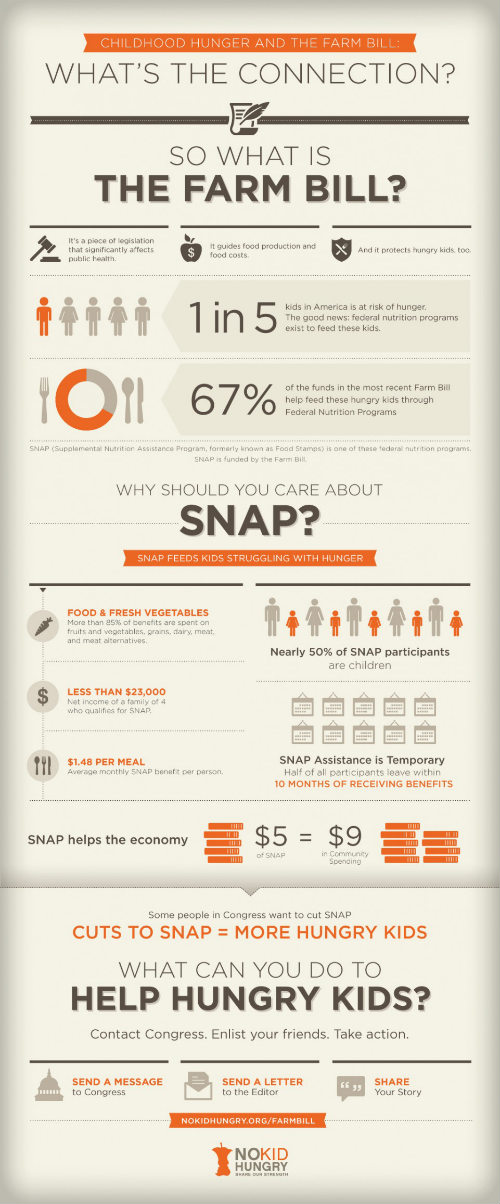
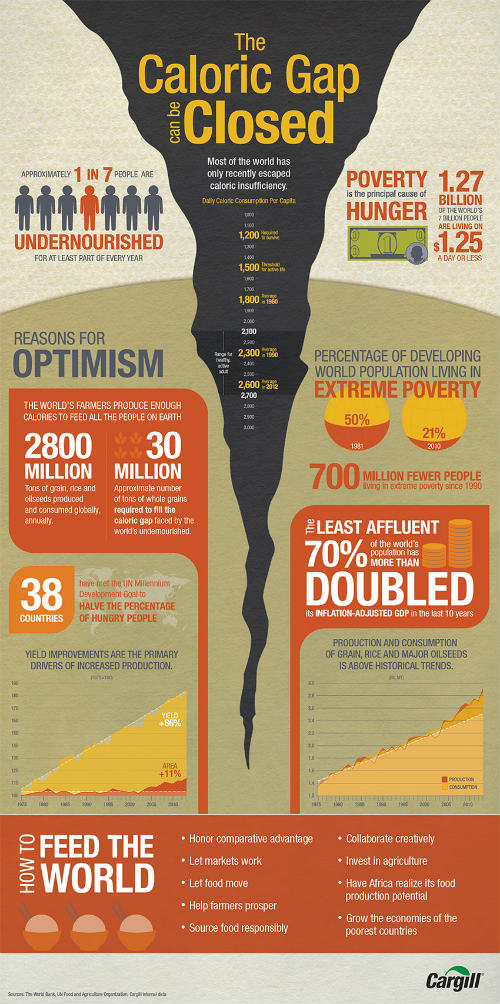
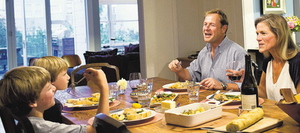


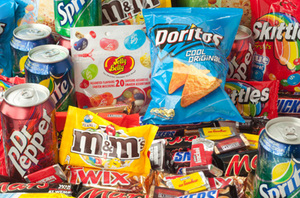
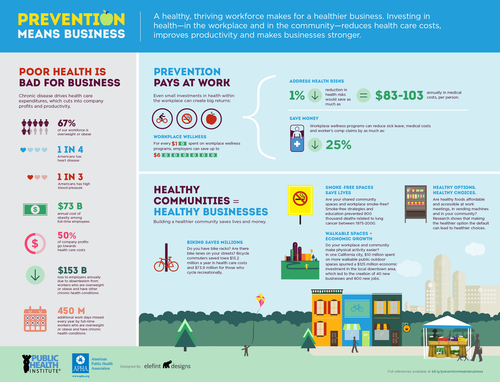
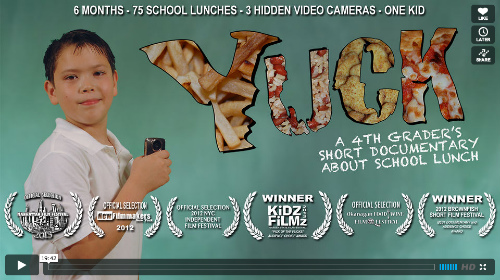
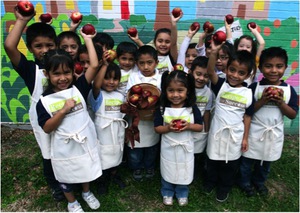
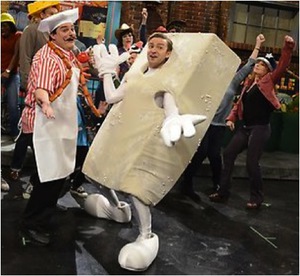
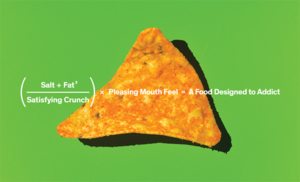
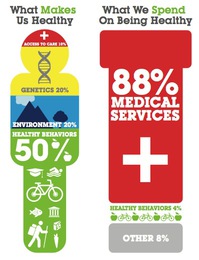

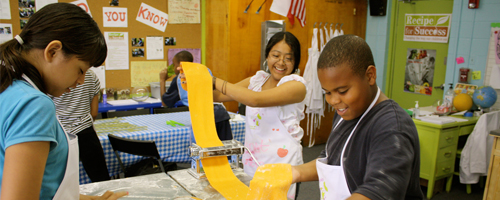 When we designed our Seed-to-Plate Nutrition Education curriculum, we were motivated by early studies showing that children who garden eat healthier meals, and that children who cook make healthier food choices. We figured, that if kids cooked and gardened the effect would be compounded. Sure enough, we are seeing that 5-12 year old students who participate with Recipe for Success for one school year are averaging a 30% increase in fresh fruit and vegetable consumption.
When we designed our Seed-to-Plate Nutrition Education curriculum, we were motivated by early studies showing that children who garden eat healthier meals, and that children who cook make healthier food choices. We figured, that if kids cooked and gardened the effect would be compounded. Sure enough, we are seeing that 5-12 year old students who participate with Recipe for Success for one school year are averaging a 30% increase in fresh fruit and vegetable consumption.